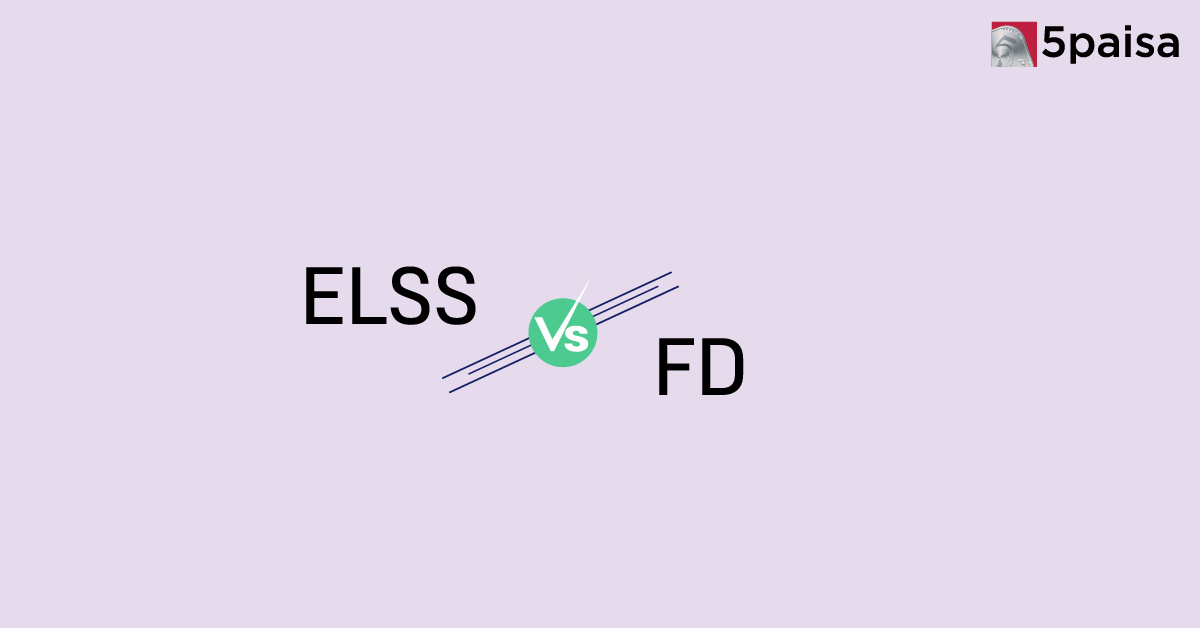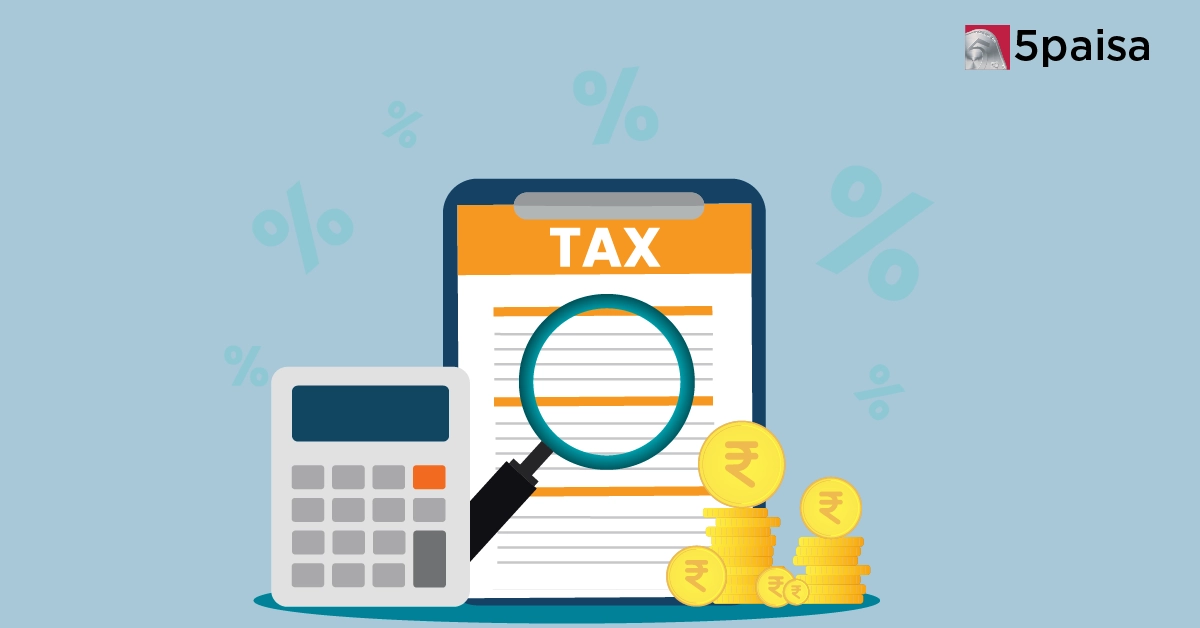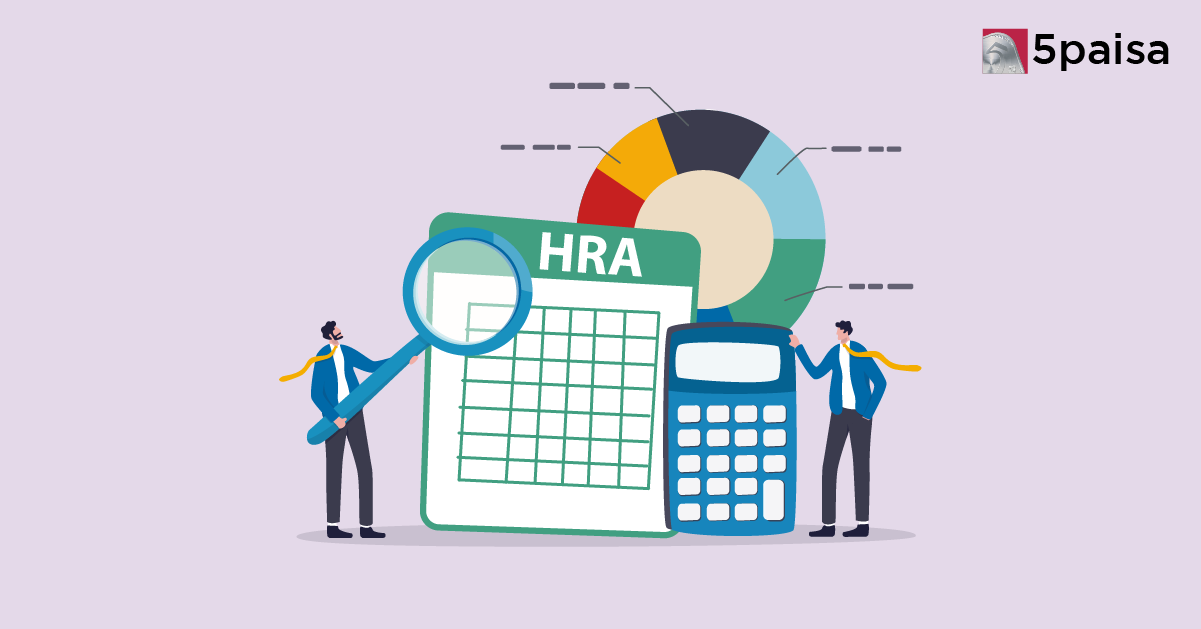Specialised Investment Funds (SIFs): Structure & Taxation in India
ELSS vs Tax Saving FD: Which is the Best Tax-Saving Option?

Last Updated: 9th December 2025 - 12:57 pm
Every tax season, investors face the familiar question: “What’s the best way to save tax under Section 80C?” Among the most discussed options are ELSS (Equity Linked Savings Scheme) and Tax Saving Fixed Deposits (FDs). Both come with their own advantages, risks, and returns, but they cater to very different types of investors.
So, if you're wondering whether to go for ELSS or tax saving FD, this blog will help you figure out what truly fits your financial goals. Whether you're a first-time investor or a professional seeking better tax saving investment plans, this blog shares insights on everything you need to know.
Understanding ELSS: A Market-Linked Tax-Saving Option
An ELSS fund, or Equity Linked Savings Scheme, is a type of mutual fund that invests primarily in equities. What makes it attractive for tax planning is that it qualifies for a Section 80C tax deduction of up to ₹1.5 lakh annually. One of its standout features is its 3-year lock-in period, which is the shortest among all 80C investment options.
Beyond tax benefits, ELSS funds offer market-linked returns, which historically have outpaced most other tax-saving schemes over the long term. However, since they are tied to equity markets, there’s an inherent risk involved. Still, for investors with a medium to high risk appetite, ELSS is one of the most tax efficient investment options out there.
You can start small, many ELSS mutual funds allow a minimum investment amount as low as ₹500 via SIPs (Systematic Investment Plans). This is particularly appealing to salaried individuals who want to invest regularly without overburdening their finances.
What is a Tax Saving FD and How Does it Work?
A Tax Saving Fixed Deposit is a bank deposit with a fixed interest rate and a lock-in period of 5 years. It qualifies for a deduction under Section 80C, just like ELSS. The key appeal of a 5-year tax saving FD lies in its safety and predictability. The interest is pre-decided and your principal is guaranteed.
For conservative investors or those close to retirement, fixed deposit tax benefits offer peace of mind. It’s also considered a risk-free investment under 80C, although FD interest is taxable as per your income tax slab.
Unlike ELSS, which can offer higher post-tax returns over the long run, FDs offer guaranteed returns, usually in the range of 6% to 7.5% annually, depending on the bank and prevailing rates. However, you cannot make partial withdrawals or break the FD before the 5-year term, which affects liquidity.
ELSS vs Tax Saving FD: Key Differences in Simple Terms
| Feature | ELSS (Equity Linked Savings Scheme) | Tax Saving FD (Fixed Deposit) |
|---|---|---|
| Purpose | Ideal for wealth creation + tax saving | Focused on capital safety + tax saving |
| Returns | Market-linked; ~10–15% over 5–10 years (historically) | Fixed returns; usually ~6–7% |
| Tenure | The minimum tenure is 3 years. One can continue investing in ELSS till anytime as per his choice. | The minimum tenure is 5 years and the maximum tenure is 10 years. |
| Lock-in Period | 3 years | 5 years |
| Risk Factor | Subject to equity market risk; reduces over long term | Virtually risk-free |
| Flexibility | More flexible due to shorter lock-in and market potential | Less flexible; funds locked for 5 years |
| Investor Profile | Suited for risk-tolerant, growth-seeking investors | Suited for conservative investors focused on safety |
Who Should Choose ELSS?
- Salaried professionals looking to invest monthly through SIPs
- Investors with long-term financial goals like retirement, children’s education, or wealth accumulation
- Individuals comfortable with short-term market volatility for long-term gain
- Anyone looking for the best way to save tax under 80C with potential to beat inflation
Who Should Choose Tax Saving FDs?
- Conservative investors who want capital protection
- Those nearing retirement and looking for safe tax saving instruments
- Individuals not comfortable with equity markets
- People who want a predictable income with low risk tax saving options
Final Thoughts: ELSS or Tax Saving FD, Which Is Right for You?
So, ELSS vs tax saving FD, which is better? If you want higher returns, can handle a bit of volatility, and have a long-term horizon, ELSS is likely your best bet. It’s one of the most effective mutual fund tax saving options, especially when used with SIPs.
However, if your priority is safety and guaranteed returns, and you’re okay with locking in your funds for 5 years, then tax saving FD offers simplicity and stability. It remains one of the top safe investment with tax exemption options available.
At the end of the day, the choice between ELSS vs FD depends entirely on your risk appetite, investment horizon, and financial goals. Some investors even use both in tandem, ELSS for higher growth and FDs for capital safety.
- Flat ₹20 Brokerage
- Next-gen Trading
- Advanced Charting
- Actionable Ideas
Trending on 5paisa
Personal Finance Related Articles
Disclaimer: Investment in securities market are subject to market risks, read all the related documents carefully before investing. For detailed disclaimer please Click here.

 5paisa Capital Ltd
5paisa Capital Ltd
 5paisa Capital Ltd
5paisa Capital Ltd



